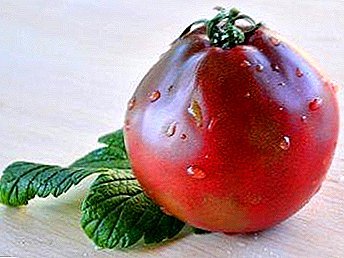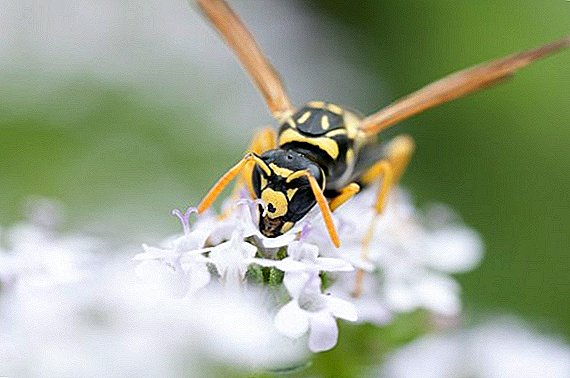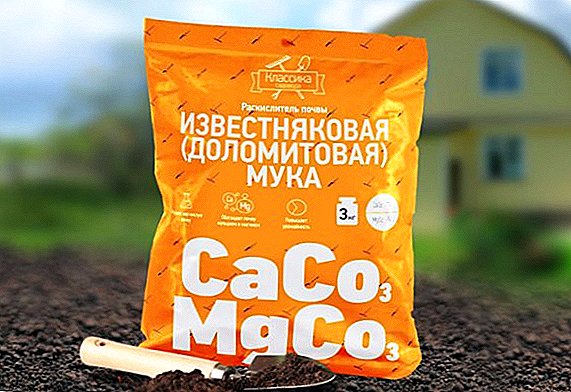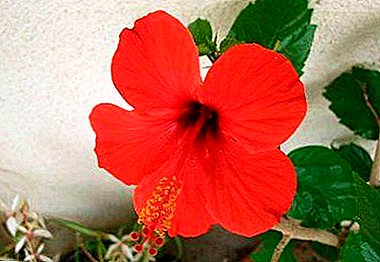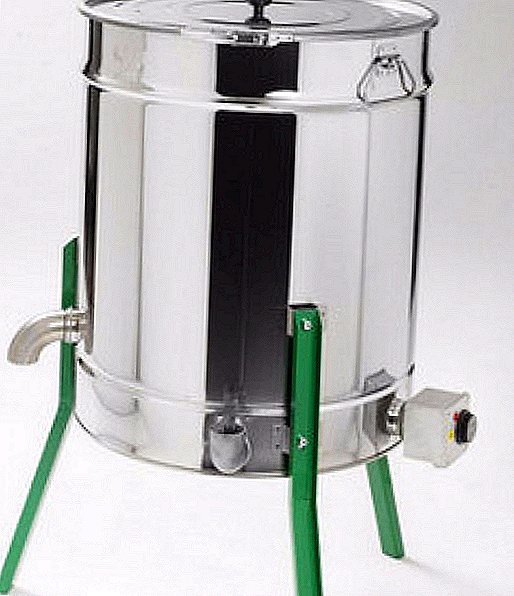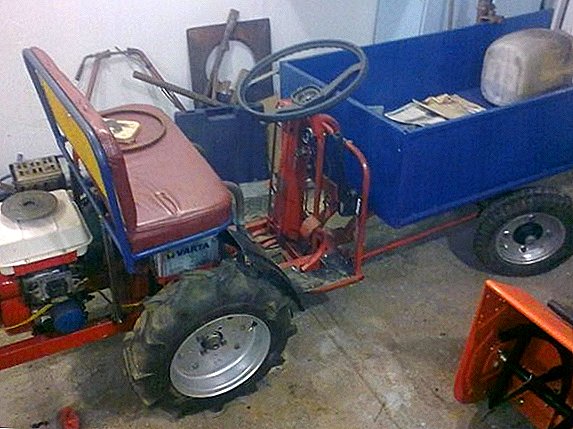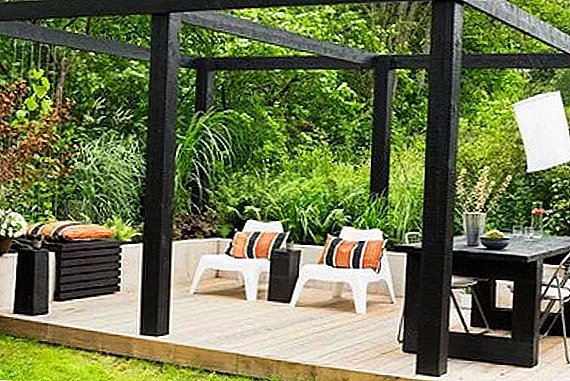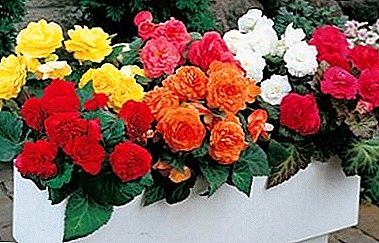
Garden begonia - a wonderful plant that pleases the eye with bright colors of beautiful flowers. It was discovered by the famous scientist Charles Plumier during a trip to the West Indies. He also gave the name to the beautiful woman, noting the merit of his patron Monsieur Begon, who equipped this expedition.
Begonia planting
Grown on the street tuberous begoniashe one-year-old begoniawhich can be grown from seeds and tubers.
When to plant
The best time to land in the garden of delicate plants - Junewhen warm weather is established without the threat of extreme cold. Consider that begonia completely does not tolerate even the shortest frosts and immediately dies.
Sowing seeds

To get a flowering plant in the summer, seeds for seedlings sown in February. You will need a container, preferably a wooden box, which is filled with a loose, light substrate.
It is made from river sand, garden soil and peat, mixing equal parts of the components.
Seeds evenly place in already wet ground and slightly tamped, not falling asleep on top of the ground. Finished plantings must be covered with thin glass or plastic film of them to create a greenhouse effect. It is necessary to water very carefully, so as not to dilute the soil and not drown the smallest seeds, it is best to use a fine - dispersed sprayer.
Sprouts appear later 6-8 days after which the greenhouse is removed. The grown seedlings subsequently thin or dive, keeping a distance of 1.5-2.5 cm between them.
Choosing a place
Begonia loves the light that provokes more lush bloom. Therefore, seedlings are planted in well-lit areas with shading at midday hours. Such a place would be just perfect for a tropical guest.
Soil preparation
Low acid soil with good air permeability and rich composition is what begonia really needs. When planting in the garden soil add organic and mineral fertilizers, peat and compost, so that the plant quickly adapts and settles in a new place.
Landing process

For each seedling is dug single wellThe distance depends on the size of the begonias: dwarf varieties are placed according to the scheme 9-13 × 15 cm, and tall ones - 35 × 45 cm. Landing is done very carefullyso as not to break the fragile stem. For the same reason, it is important to deepen the base of the shoot into the soil.
After planting, the soil surface is covered with humus or wood ash. At first, you can cover the seedlings at night, so as not to freeze them and give time to take root.
Care and cultivation
This gentle beauty requires constant care to please her many inflorescences.
Watering
Only in the evening or morning time and exceptionally warm water under the spine. Otherwise, it is easy to ruin the root system and leaf blades. The interval between irrigation depends on the weather.On average, it takes from 3 to 5 days, in the arid heat it is watered more often, avoiding strong dryness of the soil.
After the procedure, the upper layer is necessarily loosened in order not to get stagnant water for the begonia.
Air humidity
With sufficient watering, the southerner perfectly tolerates even the driest periods. Spray it on top categorically not recommended! Water droplets falling on the flowers and leaves cause ugly brown and chestnut spots.
Top dressing
Actively growing and long-blooming beauty very well consumes nutrients and needs a constant flow of new ones. She needs “Feed” every 12-15 days a mixture of trace elements, which must include phosphorus and potassium. You can use ready-made fertilizer for flowering plants or directly for begonias.
Breeding

Perhaps tubers, cuttings and seeds.
The first method is the simplest and most accessible; it suffices to separate the daughter processes from a large tuber and plant them separately.
Cuttings need to be rooted in loose substrateby placing them in a greenhouse. It is possible to do it anytime, even in winter.
Reproduction by seeds is the most time-consuming method, but it gives a large number of new plants.
Bloom.
Blossom garden begonia begins shortly after transplanting into the street and continues for a very long time. Most often, it is interrupted only by the onset of cold autumn. In order for the flowering buds not to spoil the overall impression, they are gently cut off with their fingers as they dry.
Preparing for the winter
In nature, begonia is an evergreen perennial that can bloom without interruption, even in winter. We have this is impossible because of the onset of frost, but the begonia can be saved for subsequent landing in the spring.
When the air temperature starts drop below 15 °, southerner stops blooming. Inflorescences and leaves dry out and fall off. At this time, from about mid-September to mid-October, all shoots are cut, leaving a small stump. And the nodules are pulled out of the ground and prepared for wintering.
They can be washed in warm water or just dried, and then shake off the dirt. Dried nodules are placed in a cardboard box or a wooden box filled with sand, and sent to a cool place with a temperature of 3 to 7 °.
Wintering begonias in the pot

Flower can bloom and at home, if you dig it out of the open ground before the cooling comes.
Care for the winter for garden begonia does not require much effort. At the end of August, the bushes that you like are gently rolled into pots along with the earth, having previously laid a drainage layer of stones on the bottom. Plants are brought into the house and put on the windowsill of the eastern or western window. Here the beauty from the tropics will receive enough light and heat.
Diseases and pests
Garden begonia may suffer from the attack of pathogenic fungi and harmful insects.
Mealy dew
The fungal infection covers all the terrestrial parts of the plants with white bloom, similar to flour. It is easily erased, but soon appears again. Begonia stops in growth, the affected parts gradually fall off as it dries. Sulfur preparations and fungicidal agents Fundazol, Rovral, Morestan, Hom will help to get rid of the misfortune.
Gray rot
Fungal disease develops in warm, rainy weather. On the affected plants appear watery blots with a gray bloom, they quickly turn into rotting wounds of brown color. The shoots break, the leaves twist and darken, the buds and buds become slippery to the touch. For treatment, use of fungicides containing copper, or innovative tools such as Scor, Ordan, Previkur.
Aphid
Small pest eating juices. Forms entire colonies capable of destroying the begonia plantings. It settles on the inside of the leaves. Easily destroyed by insecticides - Aktar, Fitoverm, Decis and Aktellik.
Begonia is a very attractive and bright plant that not everyone can grow on their own. It takes a lot of time and effort to take care of it.
A photo
Next you can see photos of planting and caring for Begonia garden:




Useful material
Below is a list of articles that may be of interest to you.
- Types of begonias:
- Evergreen begonia
- Red Begonia
- Begonia Elatio
- Begonia terry
- Begonia bower
- Coral Begonia
- Begonia meson
- Begonia Borschavikolistnaya
- Begonia Ampelnaya
- Cleopatra Begonia
- Royal Begonia
- Spotted Begonia
- Deciduous Begonia
- Begonia Vorotnykovaya
- Care Tips:
- All the subtleties of home care for Tuberous Begonia
- Wintering of the tuberous begonia
- All about Begonia landing - from A to Z
- Pruning Begonias
- Diseases and pests Begonias
- Wintering Garden Begonias
- Breeding Begonias
- Flowering Begonias


